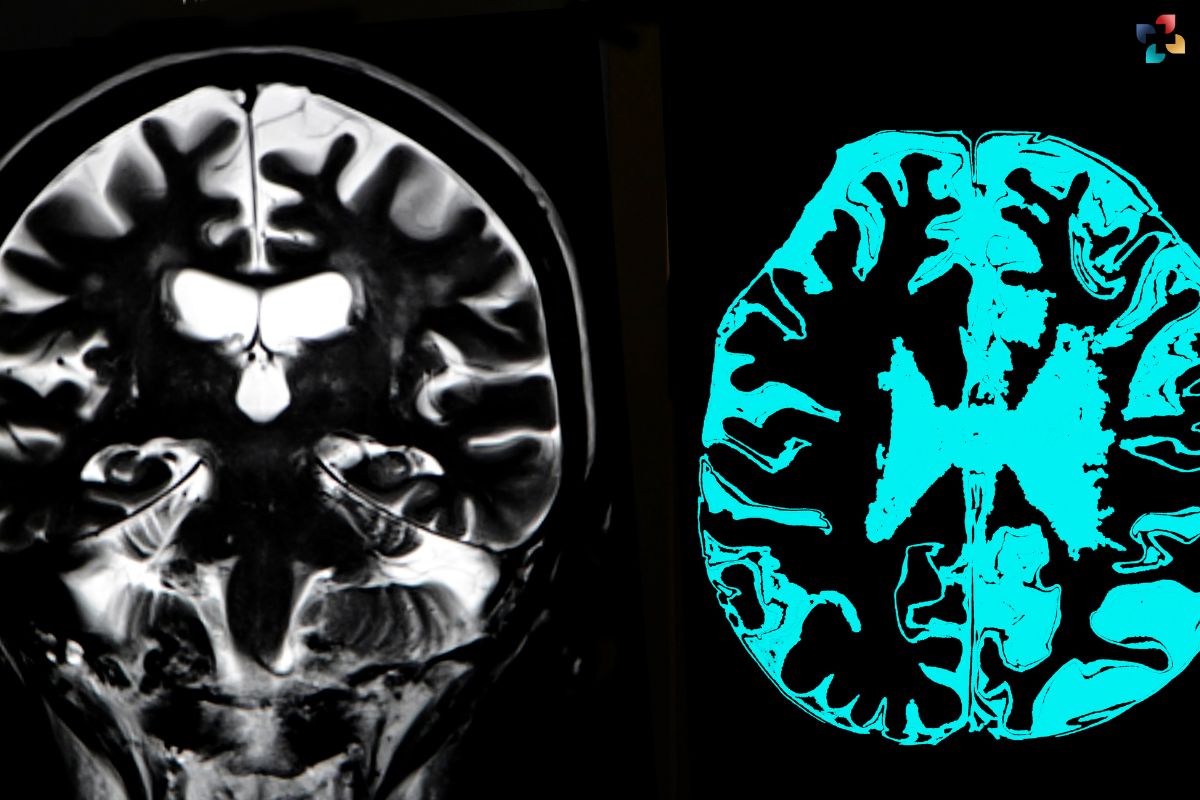It is a condition characterized by the progressive loss of brain cells and the connections between them, is a significant neurological concern affecting individuals across various age groups. This article delves into the intricacies of cerebral atrophy, exploring its causes, symptoms, and available treatment options.
What is Cerebral Atrophy?
It refers to the shrinking or wasting away of the brain’s cerebral cortex and other structures. This condition can affect different parts of the brain and is associated with a decline in cognitive function and motor skills. The term “cerebral atrophy” encompasses various types, including global cerebral atrophy, which involves widespread shrinkage of the brain, and focal cerebral atrophy, which affects specific regions.
Causes of Cerebral Atrophy
Several factors contribute to this, each influencing the onset and progression of the condition:
- Age-related Atrophy: As individuals age, they naturally experience a gradual reduction in brain volume and neuronal density, leading to mild cognitive decline.
- Neurodegenerative Diseases: Conditions such as Alzheimer’s disease, Parkinson’s disease, and Huntington’s disease are linked to accelerated cerebral atrophy due to the degeneration of neurons and neural pathways.
- Vascular Issues: Stroke or chronic hypertension can impair blood flow to the brain, causing localized areas of atrophy.
- Genetic Predisposition: Some genetic mutations predispose individuals to conditions that promote it, highlighting the role of genetics in neurodegenerative disorders.
- Toxic Exposure: Chronic exposure to certain toxins, such as alcohol or heavy metals, can damage brain tissue and contribute to cerebral atrophy over time.
Symptoms of Cerebral Atrophy
The symptoms of this vary depending on the extent and location of brain shrinkage:
- Cognitive Impairment: Individuals may experience memory loss, difficulties with reasoning, problem-solving, and impaired judgment.
- Motor Dysfunction: Atrophy in motor regions of the brain can lead to muscle weakness, coordination problems, and difficulties with balance and gait.
- Behavioral Changes: Mood swings, apathy, and changes in personality can result from atrophy affecting areas responsible for emotional regulation.
- Speech and Language Difficulties: Damage to language centers can cause difficulties in speaking, understanding language, or reading comprehension.

- Seizures: In some cases, this may increase the risk of seizures due to abnormal electrical activity in the brain.
Diagnosis and Evaluation
Diagnosing this typically involves a combination of medical history review, neurological examination, and imaging studies such as MRI or CT scans. These tests help assess the extent of brain tissue loss and identify underlying causes contributing to the condition.
Treatment Options
While this is often irreversible, treatment focuses on managing symptoms and addressing underlying factors:
- Medications: Depending on the cause, medications may be prescribed to alleviate symptoms or slow disease progression in neurodegenerative conditions.
- Physical Therapy: Exercises and rehabilitation programs can help maintain mobility, improve muscle strength, and enhance overall physical function.
- Cognitive Therapy: Techniques such as cognitive-behavioral therapy or memory training may benefit individuals experiencing cognitive decline.
- Nutritional Support: A balanced diet rich in antioxidants, omega-3 fatty acids, and vitamins can support brain health and potentially slow neurodegenerative processes.
- Surgical Interventions: In certain cases, surgery may be necessary to address underlying conditions such as brain tumors or hydrocephalus contributing to cerebral atrophy.
Prognosis and Outlook
The prognosis for individuals with this varies widely depending on the cause, extent of brain damage, and timely intervention. While some forms of atrophy may progress slowly with manageable symptoms, others may lead to significant disability and reduced quality of life.
Research and Future Directions
Ongoing research into cerebral atrophy aims to uncover new insights into its mechanisms, develop novel treatment approaches, and enhance diagnostic methods. Key areas of current investigation include:
- Neuroprotective Therapies: Researchers are exploring compounds and interventions that may protect brain cells from degeneration or promote neuronal regeneration, potentially slowing the progression of this.
- Genetic Studies: Advances in genetic testing and genomic research are shedding light on the role of genetic factors in predisposing individuals to neurodegenerative diseases associated with them.

- Stem Cell Therapy: Emerging therapies utilizing stem cells show promise in repairing damaged brain tissue and restoring neurological function in experimental models of this.
- Precision Medicine: Tailoring treatment strategies based on individual genetic profiles and disease characteristics holds potential for more targeted and effective management of cerebral atrophy and related conditions.
Lifestyle Considerations
In addition to medical interventions, adopting a healthy lifestyle can play a crucial role in supporting brain health and potentially mitigating the effects of it:
- Regular Exercise: Physical activity has been shown to improve blood flow to the brain, stimulate neurogenesis, and enhance cognitive function, contributing to overall brain health.
- Nutritious Diet: Consuming a diet rich in fruits, vegetables, whole grains, lean proteins, and healthy fats provides essential nutrients and antioxidants that support brain function and reduce inflammation.
- Mental Stimulation: Engaging in mentally stimulating activities such as puzzles, reading, learning new skills, and social interactions can help maintain cognitive abilities and promote brain resilience.
- Stress Management: Chronic stress can contribute to cognitive decline and exacerbate symptoms of cerebral atrophy. Practicing stress-reduction techniques such as mindfulness, yoga, or meditation may benefit overall brain health.

Patient Perspectives
Living with it presents unique challenges for individuals and their caregivers. Maintaining open communication with healthcare providers, accessing support networks, and staying informed about advancements in research and treatment options are essential for managing the condition effectively.
Conclusion
Cerebral atrophy remains a significant clinical concern with profound implications for neurological health and quality of life. While current treatments primarily focus on symptom management and disease progression, ongoing scientific advancements hold promise for future therapeutic breakthroughs.
By fostering collaboration among researchers, healthcare professionals, and advocacy groups, we can accelerate progress toward better understanding, prevention, and treatment of cerebral atrophy. Empowering individuals with knowledge and support is essential in navigating the complexities of this condition and striving toward improved outcomes.






